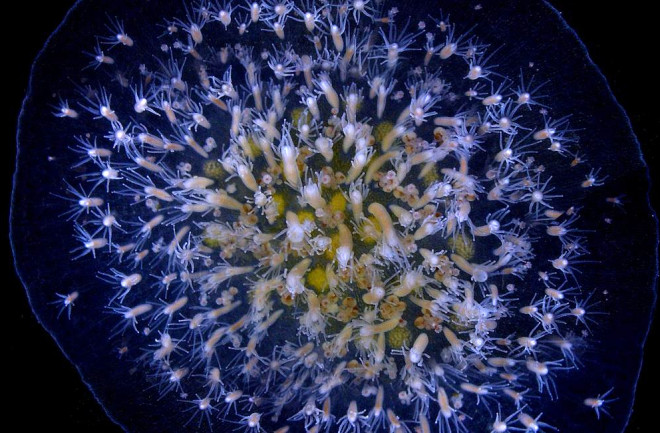Hydractinia symbiolongicarpus, a small tube-shaped animal that grows on the shells of hermit crabs, is a wonder of regeneration. Cut off its head and mouth, and it grows new ones. Cut off its body, and it regrows that, too.
How does it accomplish such feats? A new paper provides a rough outline and comes to a surprising conclusion, that the cellular aging process, known as senescence, plays a pivotal role by working in reverse. What’s more, the paper says that while the aging process first evolved to serve bodily regeneration, it later became damaging when animals such as ourselves became vastly more complex.

